Why do modern railway stations have to be glorified bus shelters? - Alastair Dalton
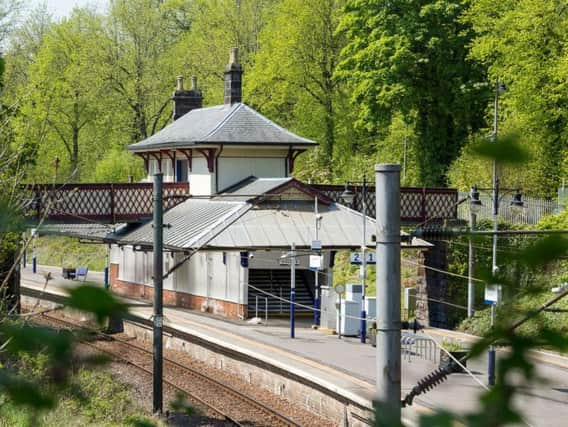

The highlight among the remaining printed documents about transport I get sent has been the Railway Heritage Trust’s annual report.
Far from the dry tome you might imagine, it is a visual delight, packed with photographs of the trust’s work, which is chiefly the restoration of historic station buildings.
Advertisement
Hide AdAdvertisement
Hide AdThe illustrations show the railways in a hugely attractive light, bringing to mind their so-called past heyday that is frequently depicted in costume dramas.
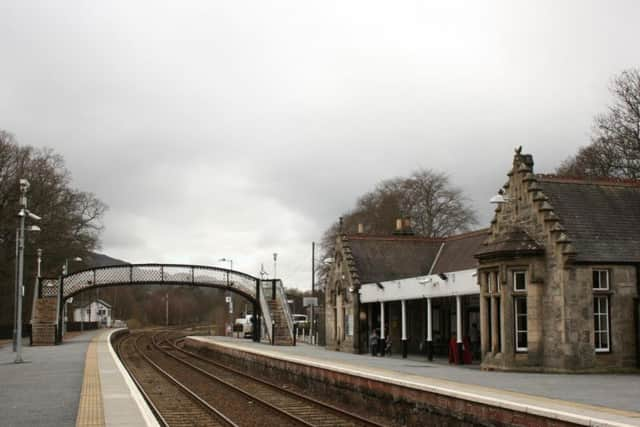

However, the key significance of the trust's work is not about heritage or disused lines but rejuvenating classic features of the network still very much in use by passengers.
There’s a bookshop at Pitlochry, Men’s Shed in a vacant former waiting room at Nairn, a model railway group at Maxwell Park in Glasgow and a bunkhouse at Bridge of Orchy.
The trust has also worked with initiatives like ScotRail’s Adopt a Station scheme to revive many other buildings across the country, such as for cafes and restaurants, which should become a virtuous circle as more and more people travel by train.
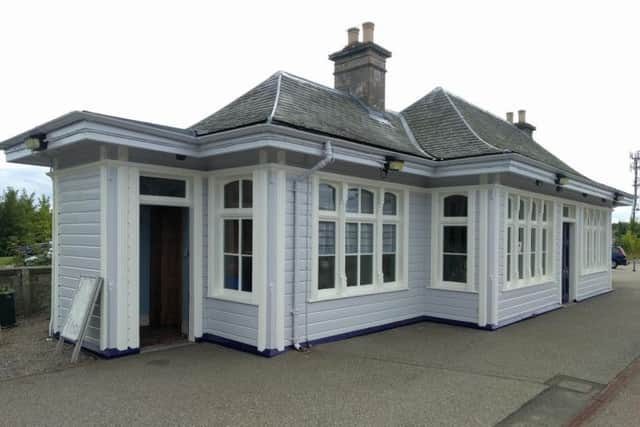

Alas, the trust has decided to stop producing its annual reports, after 34 years, because of a significant reduction in its staff and as it can more readily promote its work through social media.
Architecturally important
So this would be an appropriate time to salute the organisation’s work, but also to highlight that it continues to play a vital role in promoting standards of excellence that train operators and other rail bodies should pay heed to.
Despite the impressive number of revived station buildings across Scotland, major challenges still face several architecturally important sites, such as Perth.
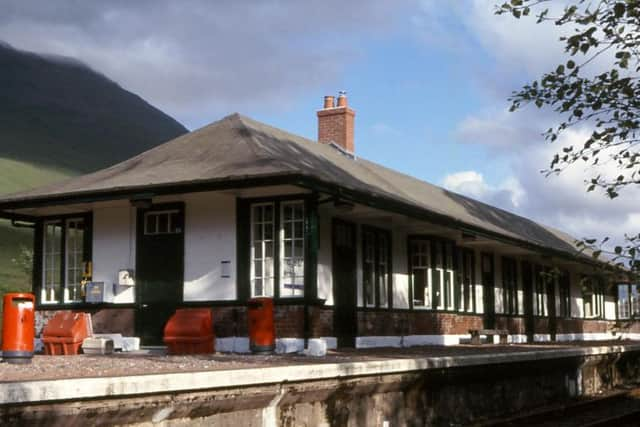

A plaque that the trust unveiled to commemorate the 172-year-old category B-listed station on Tuesday sums up its problem.
Advertisement
Hide AdAdvertisement
Hide AdIt stated that the “massive” station was necessitated by the “vast interchange” of traffic between the then Caledonian, North British and Highland railways which met there.
But despite the current rail revival, the vast scale of the place dwarfs its current traffic, with the most-used platforms so spread out that passengers have far to walk when changing trains.
Depressing modern stations
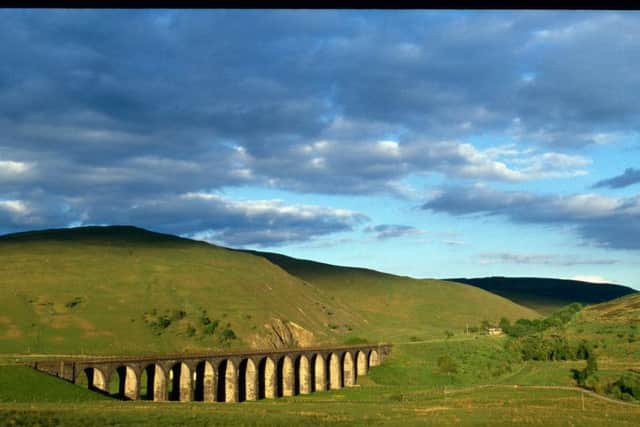

The trust reckons the station is the UK’s biggest in relation to its city’s population, but many buildings are empty and cannot be removed because of its protected status.
An innovative solution is required so that what was once a thriving railway hub doesn’t waste away further.
Caledonian Sleeper opened a passenger lounge and staff training centre in one of the disused buildings in 2018, and others should follow their lead.
At the other end of the scale are Scotland’s newest stations, some depressingly no more than glorified bus shelters, as was the case at Tweedbank when in opened at the end of the Borders Railway five years ago.
Thankfully, a cafe and toilets have been added since to improve the ambience, and it is also great to hear the original Stow station building further up the line is to be finally re-opened, as a bar and cycling business.
But the country’s latest station, opened last month at Robroyston, looks as stark as Tweedbank.
Money is tight and it serves its purpose, but no more.
Advertisement
Hide AdAdvertisement
Hide AdWith more stations in the pipeline, is there no scope for joint developments with other businesses to create a more appealing environment for passengers, even if it’s not on the grand scale that the trust is helping to preserve elsewhere?